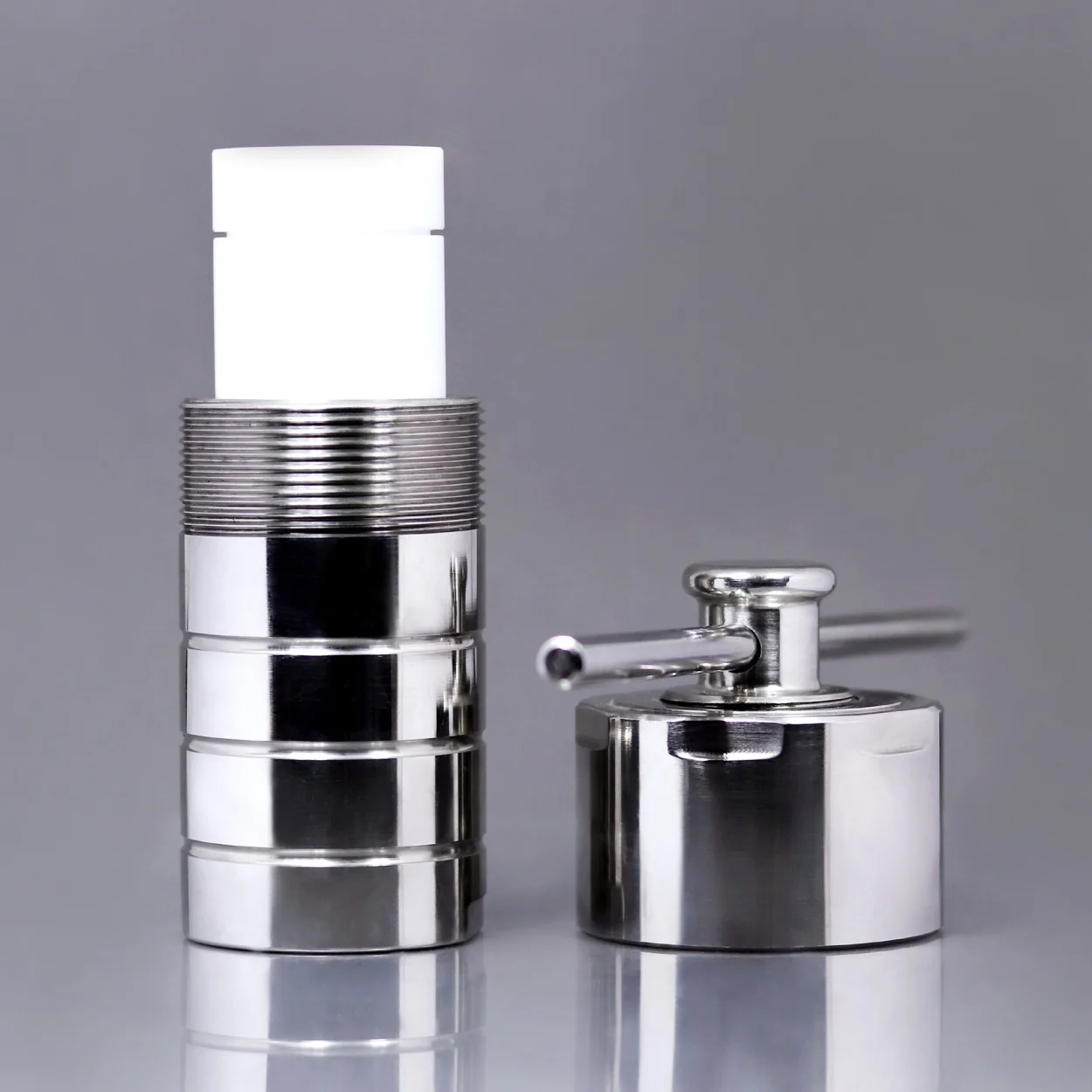



The Hydrothermal Synthesis process involves crystallizing compounds using many ways. Nanotechnology is one of the most important aspects of it. It is often done at a high vapor pressure level and with a high temperature; hence it is termed a 'Hydro' + 'Thermal' technique.
As technological advancement brings us closer to becoming more inventive, nanotechnology is regarded as one of the driving factors that can change material science in the modern era by advanced sciences. The hydrothermal approach is rapidly being used to synthesize nanoparticles by enterprises and R&D institutes worldwide.
A hydrothermal synthesis reactor (polymerization reactor) is a sturdy portable reactor chamber that withstands pressure and temperature. That makes it useful in various industrial and R&D applications performed under high pressure and temperature. Generally, the reactor may use in a wide variety of applications, from material synthesis to even ensuring uniform and perfect applications of paint or coating.
Although every reactor is made to enable high pressure and high-temperature reactions, they come in various dimensions, varying from 10 ml to 2000 ml (2 liters). Apart from varying sizes, these are also classified according to their design, operating pressure range, and capacity. It makes it more efficient to perform experiments according to specific needs.
Generally, the reaction carried out in the Teflon (PTFE) lined autoclave is at a maximum temperature of 220 °C (428 °F), whereas the safe temperature is 200 °C (392 °F).
The specially made PPL-lined reactor will use for the high-temperature reaction, with a safe temperature of 260 °C (500 °F) and a maximum working temperature of 280 °C (536 °F). This product is widely utilized in scientific laboratories, R&D labs, institutional organizations, quality control sections in businesses, and so on.
A hydrothermal bomb is used in crystallizing substances from scorching aqueous solutions. It is a simple method of creating single crystals by dissolving various minerals in hot water under intense pressure. It provides a robust pressure-resistant steel reactor and a productive atmosphere.
The ideal reactor is designed to allow operators to control the supply of water and nutrient into the reactor chamber, where the temperature gradually increases along the length of the reactor. It will enable the nutrient to dissolve easily at the higher temperature end of the reactor. At the other, considerably cooler end of the reactor, the seed crystal gets deposited, artificially forming the required crystal.
Although several different techniques are used in synthesizing crystals, using a hydrothermal reactor has become the most popular, owing to its unique advantages. Industries have successfully created larger, better-quality crystals using the immense control that the reactor provides operators over the crystallizing process. This advanced technology allows you to form unstable crystalline phases at melting points otherwise. Besides, materials that tend to vaporize faster near their melting points can also be safely synthesized using the autoclave.
Hydrothermal synthesis is a highly effective method for creating functional nanomaterials from transition-metal compounds such as oxides, hydroxides, and sulphides. These materials can be utilized directly as catalysts or as catalyst precursors in HER or OER applications. An excellent example is a 3-D hierarchical nanostructured -Ni(OH)2 catalysts generated by a hydrothermal process which may obtain good OER performance similar to state-of-the-art RuO2 catalysts.
These are some of the significant applications where the reactor is used successfully for the highest efficiency:
Place the autoclave on a clean surface. Rotate the SS rod counter clockwise and twist the screw-type threaded main SS cap in anticlockwise directions until it is open.
Then add the required solvent in a liner and place it into the SS shell. Then place an upper SS disc and close it with the main cap. Finally, fully tighten it with the SS rod and put it into an oven.
We are renowned for being the top suppliers of high-pressure reactors in India and overseas. With years of the constant maintenance of product quality to the highest standards, we have become a global entity with customers spread across Asia, Africa, Australia, the US, and European countries. We are the sole proprietor of the products that we sell. We provide product customization as per the request from our clients. Moreover, we assist in operating the product as per the requirements.
To order your specified hydrothermal synthesis reactor from us at an affordable price, give us a call or send a message using the information on our Contact Us page.